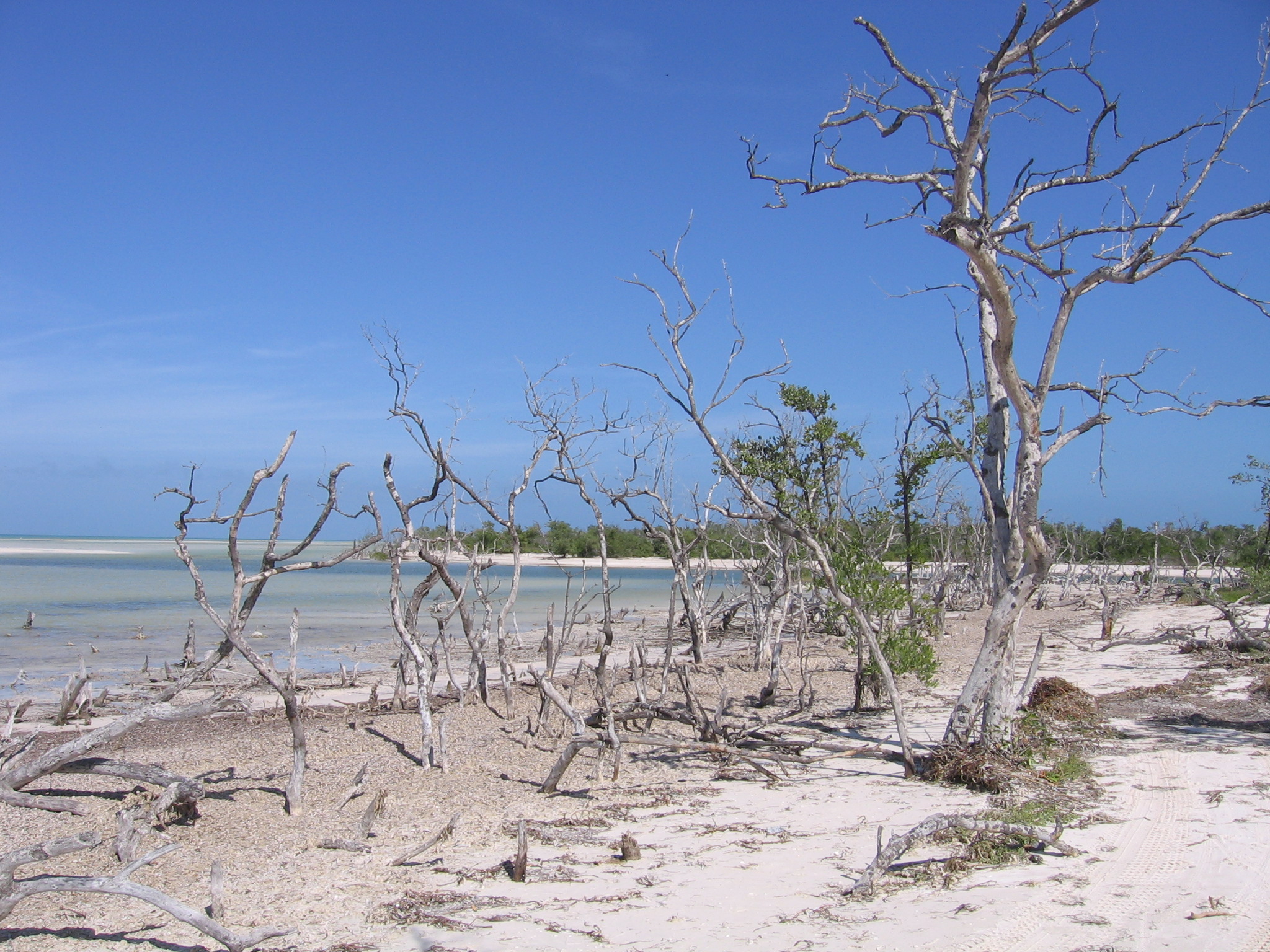[This post was written by Christopher Milton, Sara Davenport, Kimberly Sherwood, and Jan Steinbock.]
Our Growing Communities group is researching sustainability as it relates to local food systems, food bank gardens, permaculture and light pollution.
The idea of local food systems is a sustainability issue that is being addressed in society today, through such things as farmers markets, community gardens, and local fruit and vegetable delivery programs. However, the potential for sustainability from utilizing local food systems could be addressed much more extensively. Local food systems can provide fresh, healthy food options that make societies that utilize them more sustainable and more self-sufficient. Local food systems can also benefit communities by allowing them to see where their food is coming from and how important it is to take care of the earth that produces the food.
One component of a healthy food system are food bank gardens. There is little research available on food bank gardens, but community gardens are very similar Most peer-reviewed studies and news articles focus on the economic and social benefits of community gardens. Yet, as Brundtland stated, “The environment does not exist as a sphere separate from human actions, ambitions, and needed . . .” (Kates, 2005).
By gardening locally these groups are doing good things for the environment. (more…)

